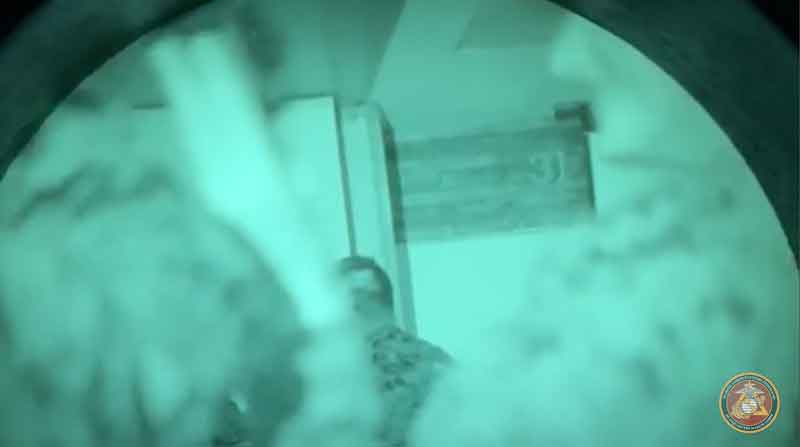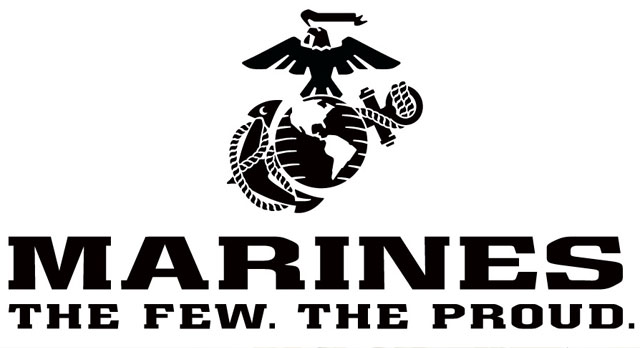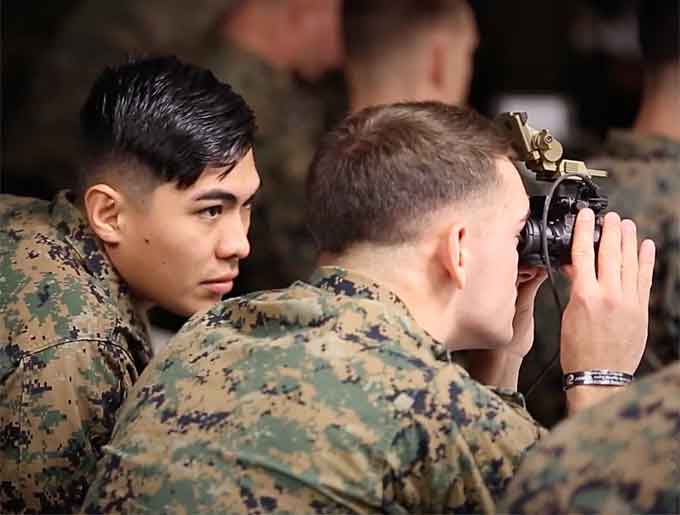
Marine rifle squads are getting their hands on upgraded night vision goggles, which are expected to offer ‘exponential’ increases in lethality, according to Marine Corps Systems Command (MCSC).
The new helmet-mounted Squad Binocular Night Vision Goggles (SNBVG) chosen by MCSC is lighter in weight than the current system, and allows for better depth perception when moving.
These newly updated SNBVG units combine a binocular night vision device with dual-tube goggles to provide an individual with a full view of what’s in front of them, unlike other night vision goggles that may only be single-tube, which only covers only one eye, and includes an enhanced clip-on thermal imager, that helps positioning in reduced visibility.
(A better NVG for a more lethal Marine. Courtesy of Marine Corps Systems Command and YouTube. Posted on Jan 29, 2019.)
In December 2017, Marines began receiving the equipment and received training to learn how to use them, and international news agencies are reporting the Department of Defense (DoD) is currently accepting contracts for an estimated 16,000 additional systems for the Marines.
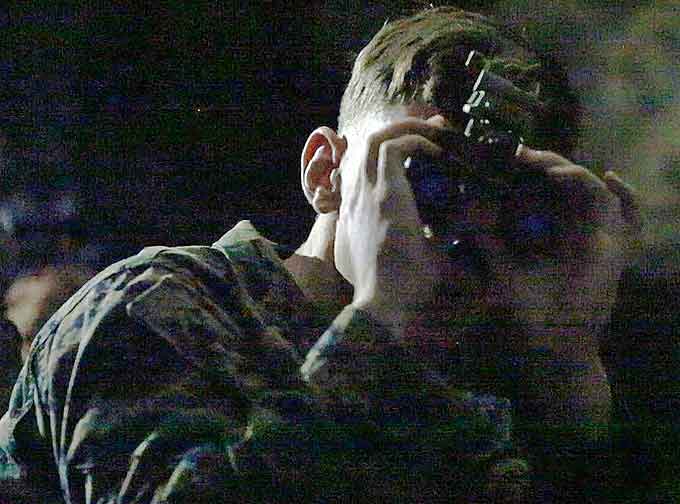
The enhanced devices include “picture-in-picture” mode which lets a shooter see in two different directions at the same time, or will allow a soldier to shoot around corners without being exposed.
The first priority is to issue goggles to the Marine Rifle Squad, and eventually the entire Ground Combat Element, officials explained.
“We have employed a bridge capability to give Marines the best gear right now available in the commercial marketplace,” said Lt. Col. Tim Hough, program manager for Infantry Weapons.
“A final procurement solution will allow a larger pool of our industry partners to bid on the program.”
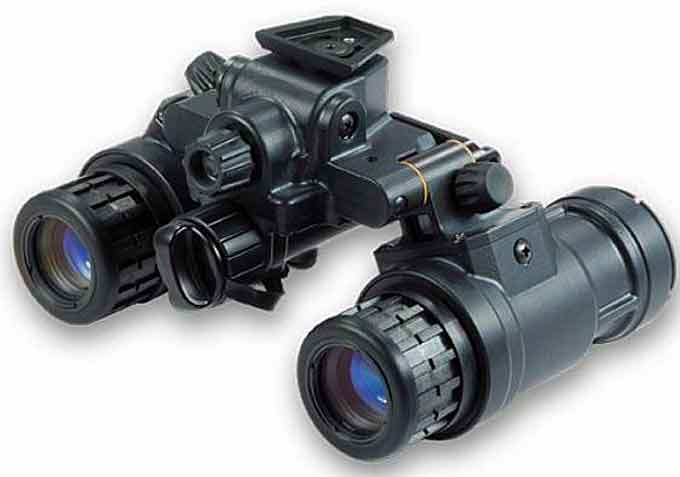
Army/Navy Portable Visual Search devices, or AN/PVS, have been employed by the military since at least the 1990’s and upgraded with next-generation systems as funding and technologies became available.
The move to the SNBVG is expected to enhance the infantry’s lethality and situational awareness in reduced visibility, by combining a binocular night vision device and an enhanced clip-on thermal imager.
“It’s a little bit lighter than the current system, and gives Marines better depth perception when they are performing movements,” said Joe Blackstone, Optics team lead at MCSC.
Known as NET, the new equipment training entails teaching Marines about the operations, characteristics, maintenance and use of the new devices.

“The lethality that it’ll bring is exponential [sic],” said Cpl. Zachary Zapata, a Marine who participated in the training.
“With these new [BNVGs], having the ability to not only use thermal optics along with it, but just the entire depth perception and speed that we can operate in is going to significantly increase, as opposed to what we were able to do in the past.”
The initial buy and follow-on procurement is being funded with Marine Corps dollars as prioritized by the Department of Defense Close Combat Lethality Task Force, which concentrates on the squad-level infantry and is aimed at ensuring close combat overmatch against pacing threats.
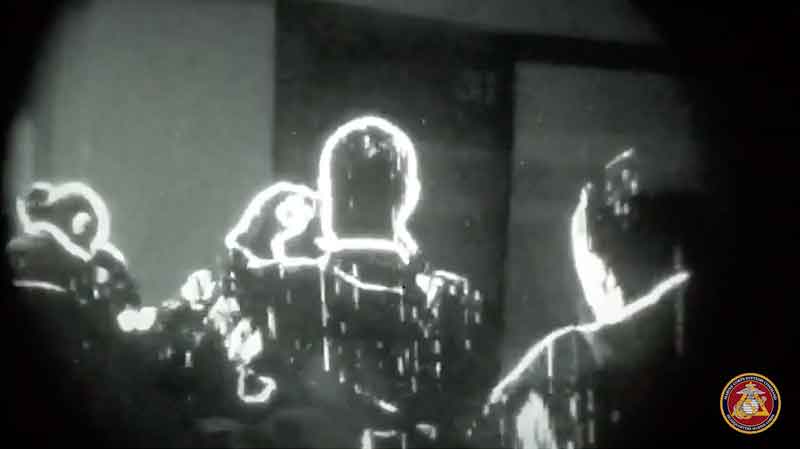
The SBNVG acquisition strategy is to procure the devices incrementally and concurrently as the Corps looks toward future technologies.
“Right now, we are participating with the Army on their next generation night vision systems, both the Enhanced Night Vision Device-Binocular and Integrated Visual Augmentation System Programs,” Hough said.
“We are eager to see the maturation of these capabilities for adoption to improve the effectiveness of our Marines.”
The program office plans on releasing a final request for proposals to procure an estimated 16,000 additional systems on the basis of full and open competition.
